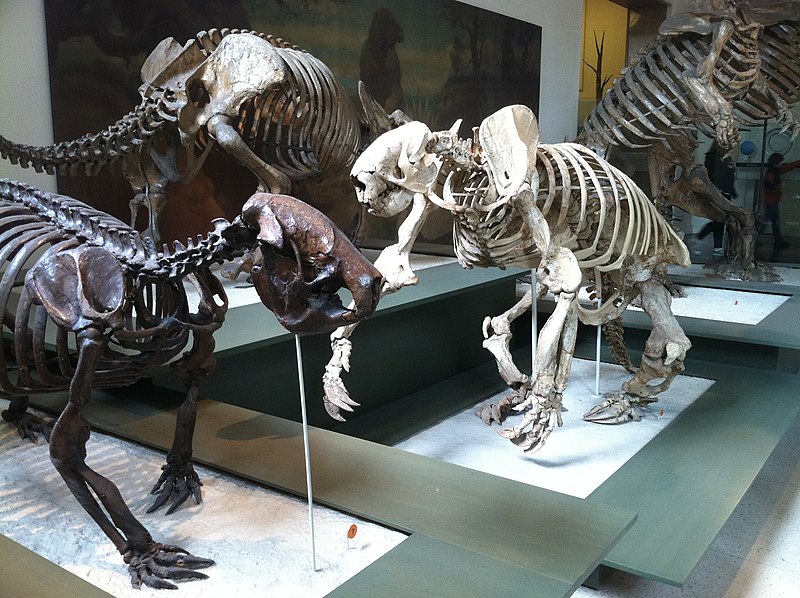Archivo:Ground sloths.jpg
Apariencia

Tamaño de esta previsualización: 800 × 598 píxeles. Otras resoluciones: 320 × 239 píxeles · 640 × 478 píxeles · 1024 × 765 píxeles · 1280 × 956 píxeles · 2592 × 1936 píxeles.
Ver la imagen en su resolución original (2592 × 1936 píxeles; tamaño de archivo: 1,99 MB; tipo MIME: image/jpeg)
Historial del archivo
Haz clic sobre una fecha y hora para ver el archivo tal como apareció en ese momento.
| Fecha y hora | Miniatura | Dimensiones | Usuario | Comentario | |
|---|---|---|---|---|---|
| actual | 09:39 21 jul 2012 |  | 2592 × 1936 (1,99 MB) | File Upload Bot (Magnus Manske) | Transferred from Flickr by User:FunkMonk using flickr2commons |
Usos del archivo
La siguiente página usa este archivo:
Uso global del archivo
Las wikis siguientes utilizan este archivo:
- Uso en af.wikipedia.org
- Uso en ar.wikipedia.org
- Uso en en.wikipedia.org
- Uso en fa.wikipedia.org
- Uso en id.wikipedia.org
- Uso en it.wikipedia.org
- Uso en ko.wikipedia.org
- Uso en simple.wikipedia.org
- Uso en uk.wikipedia.org
- Uso en www.wikidata.org
